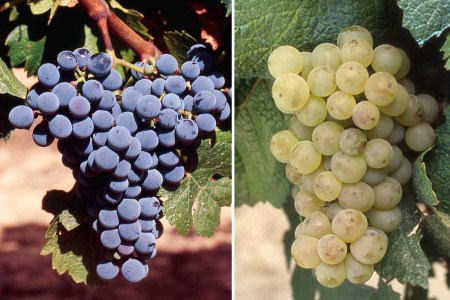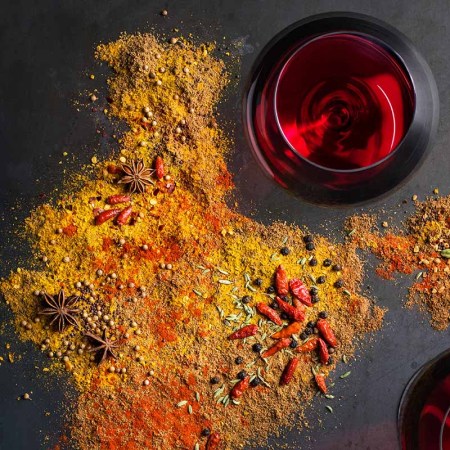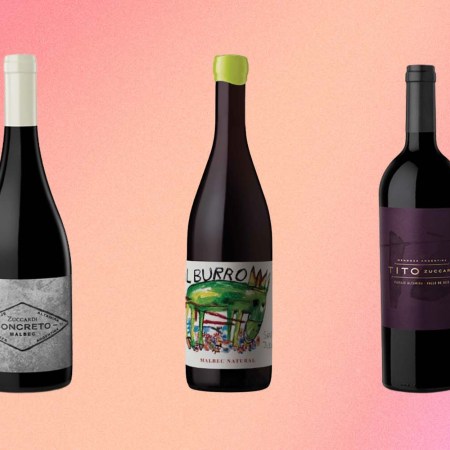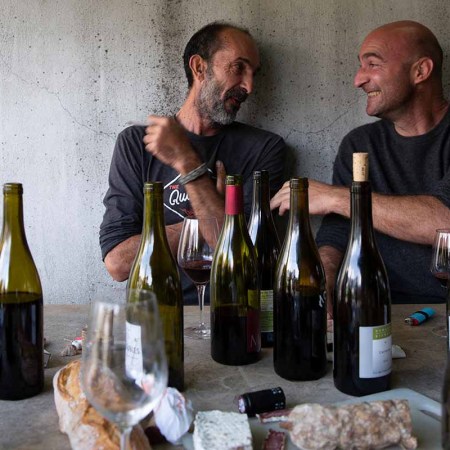Hybrid grapes aren’t particularly cool. They boast names like Montreal Blues, Kay Gray, Cayuga, La Crescent and Chambourcin — unfamiliar and unsexy names compared to, say, Pinot Noir or Sauvignon Blanc. But weird names be damned; in a climate-ravaged world, these lesser-known, non-name-brand grapes offer a whole lot of potential.
Hybrid grapes are made by crossing European vinifera vines with American grape vines. They’re super grapes of sorts — tinkered with by researchers to have all the best qualities of certain varietals, often in an effort to circumvent and survive environmental issues.
“Hybrids were initially developed to contend with the devastation of vinifera vines due to the phylloxera plague,” says Sarah Trubnick, the wine director and co-founder of The Barrel Room in San Francisco. “Crossing these vines with American varieties imbued them with a natural tolerance of the root louse.”
Hybrid grapes are made to be disease/temperature resistant and highly resilient, able to survive in an arduous climate and adapt to future climate changes. “The grapes are less sensitive to moisture and diseases such as mildew and their late bud break and rapid growth make it possible to harvest mature grapes with good sugar (fructose) and acidity potential,” says Bertil Jean-Chronberg, owner and operator of Bonde Fine Wine Shop.
They’re often easier to grow — hybrid grapes ripen earlier than vinifera grapes — meaning you can plant them where no grape has grown before. (You mean you haven’t had Minnesota wine?)
“Hybridization allows for viticulture in cold climates and cool, humid regions unsuitable for vinifera,” says Trubnick, who offers an entire menu dedicated to American wine regions and varieties. “It’s becoming more and more prevalent as climate change impacts the winegrowing regions of the world.”
Bordeaux’s Answer to Climate Change? Six New Grapes.
The wine’s industry’s decade-long varietal project finally comes to fruitionBut while cool in concept and excellent in the bottle, hybrids are a hard sell — can you imagine reaching for a bottle of Catawba over a crisp Chablis? For an Ontario Vidal over an Oregon Pinot Noir?
“With hybrids representing less than 5% of all the vineyard plantings in the world, these wines are not typically something consumers are asking for, or even aware of,” says Cara Patricia, an advanced sommelier and co-founder of DECANTsf. “But, as climate change continues to make temperature and weather events more extreme, hybrids grapes that can stand up to extreme cold, extreme heat or fungal diseases need to be explored.”
“I’ve noticed younger people, especially those concerned about sustainable agriculture, are more open to hybrid wines than older generations,” says Atwater Vineyard’s Wes Andrew. “These younger generations also don’t have the Eurocentric wine ideals that Gen X and Boomers grew up with.”
That leads to one of the larger problems hybrid grapes face: “Most drinkers have strong preconceived notions on traditional grape varietals,” says Colin Hofer, Michelin Sommelier-awarded Director of Wine and Education at Bonhomme Hospitality. They look at a wine menu and recognize grapes or regions and order accordingly. “Hybrid grapes are unique in nature and almost taboo in fine wine, so most guests don’t really have a history with them.”
“But the more we get away from placing so much importance on mono-varietal wines like Cabernet or Chardonnay, the better it is for the consumer,” Hofer continues. “The fine wine world is so deeply entrenched in tradition that it inhibits growth and understanding of what wine is and what makes it enjoyable. Hybrid grapes break up that tired conversation and give drinkers a new perspective.”
And if you do push past the prejudices, there are plenty of delicious things to drink. The dozens of varieties of hybrid grapes span a rainbow of styles — red, white, orange, sparkling or sweet. Some hybrids are rustic and rich; others are mineral-driven and bright. Some lend themselves well to fuzzy bubbles while others are excellent as a hyper-classical white.
“Traminette, Cayuga and Marquette are three of my favorite hybrid grapes to work with,” says Craig Hosbach, the winemaker at Fox Run Vineyards in Seneca Lake. “Traminette is a Gewurztraminer hybrid with better acidity, a more consistent, structured palate … and an easier name to pronounce. Cayuga lends itself to floral, off-dry whites. I believe Marquette is the best all-around hybrid red grape because it can produce really nice dry reds and also makes beautiful dry rosés and port styles.”
With such an array of flavor profiles and identities, it’s almost impossible to lump all into one “hybrid” category. “There is more to them than being classified as simply hybrids,” argues Trubnick. “They each have their own very distinct personality! La Crescent, for example, bursts with incredibly aromatic stone fruits, tropical fruits and floral notes. Marquette can mimic a light Syrah or Gamay, or be made into a bold, mouth-filling, full-bodied wine.”
As with all new categories, that recognition will come with time. “Hybrids are being taken very seriously for the first time in modern wine history,” she continues. “Over the next few decades, these hybrid grape wines will become more and more refined and the wine regions where hybrids are grown will develop their own identities.”
Intrigued? Here are the hybrid grapes to know and the wines that define them.
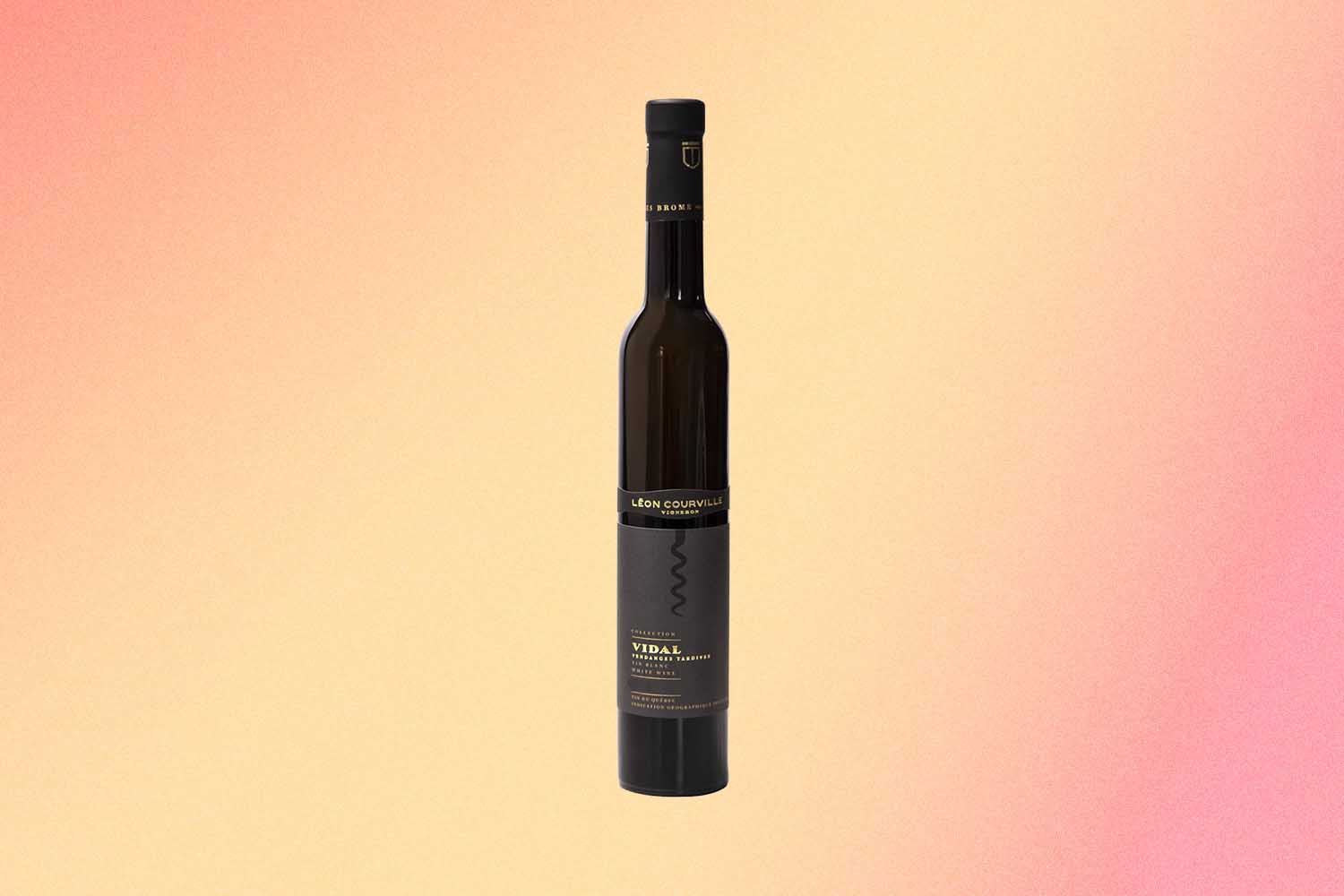
The Grape: Vidal
The Wine: Leon Courville Icewine, $30
“Vidal is the most beautiful hybrid of all, without a doubt,” says Jean-Chronberg. “Even if it was invented in 1930 by Jean Louis Vidal to produce grapes in Cognac for its exceptional sugar content, it is in Ontario (Canada) and in the Finger Lakes (New York State) that he revealed its true nature and quality in the production of ice wine.”
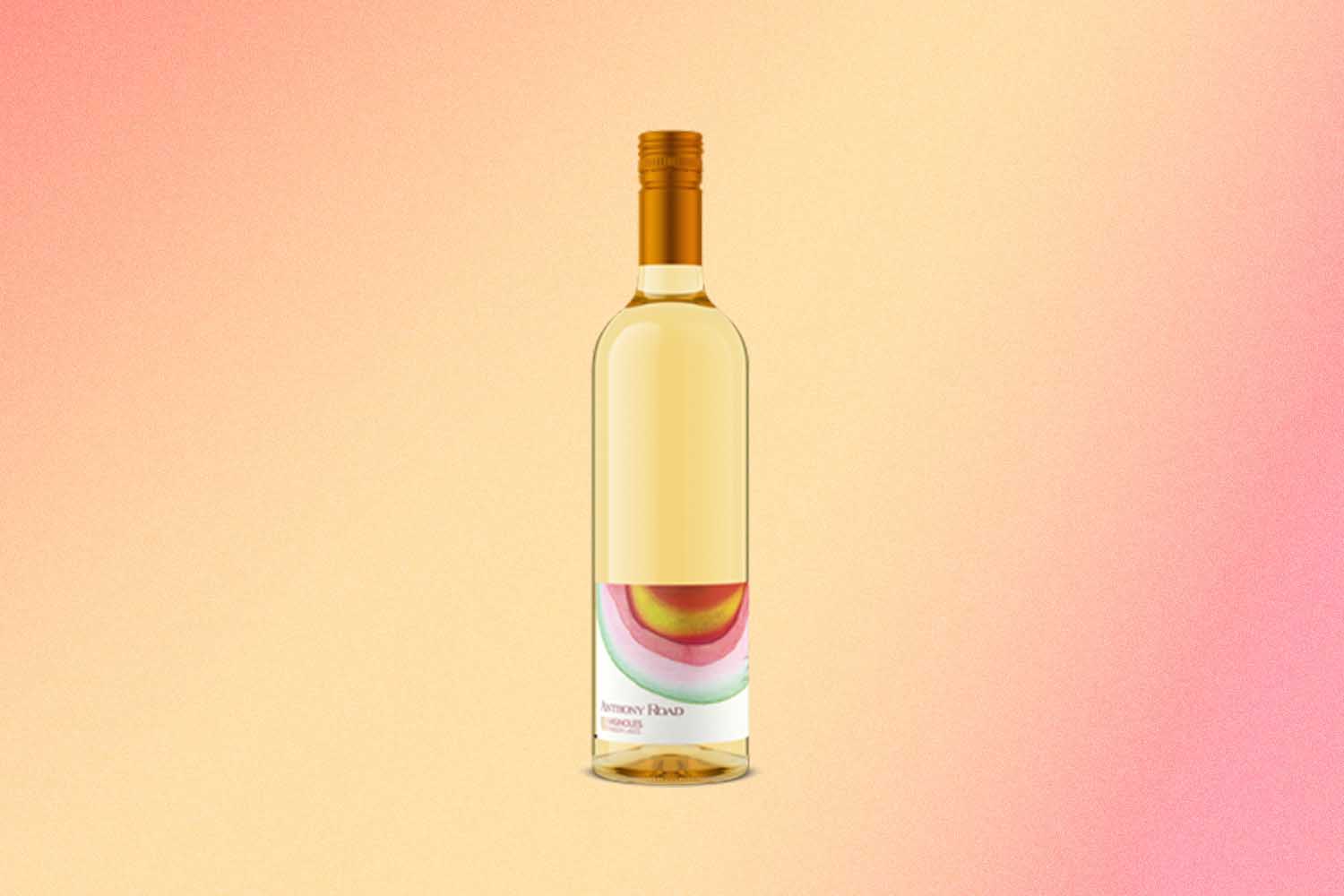
The Grape: Vignoles
The Wines: Atwater Vineyards Late Harvest Vignoles, $31; Anthony Road Wine Company Vignoles, $17
Peter Becraft, winemaker at Anthony Road Wine Company on Seneca Lake, enjoys Vignoles because “of the complex wines that can be made from it. It’s a white grape that can have high Brix levels and high acidity levels and provides a challenge to find harmony in the resulting wine. When achieved, it can result in a world-class wine. “
“Vignoles is also a great grape to use for blending purposes,” says Wes Andrew. “It’s very tropical, and we have blended it with Riesling in the past.” It’s cool, fresh, and slightly sweet, with bright acidity, ripeness and a silky, honeyed texture.
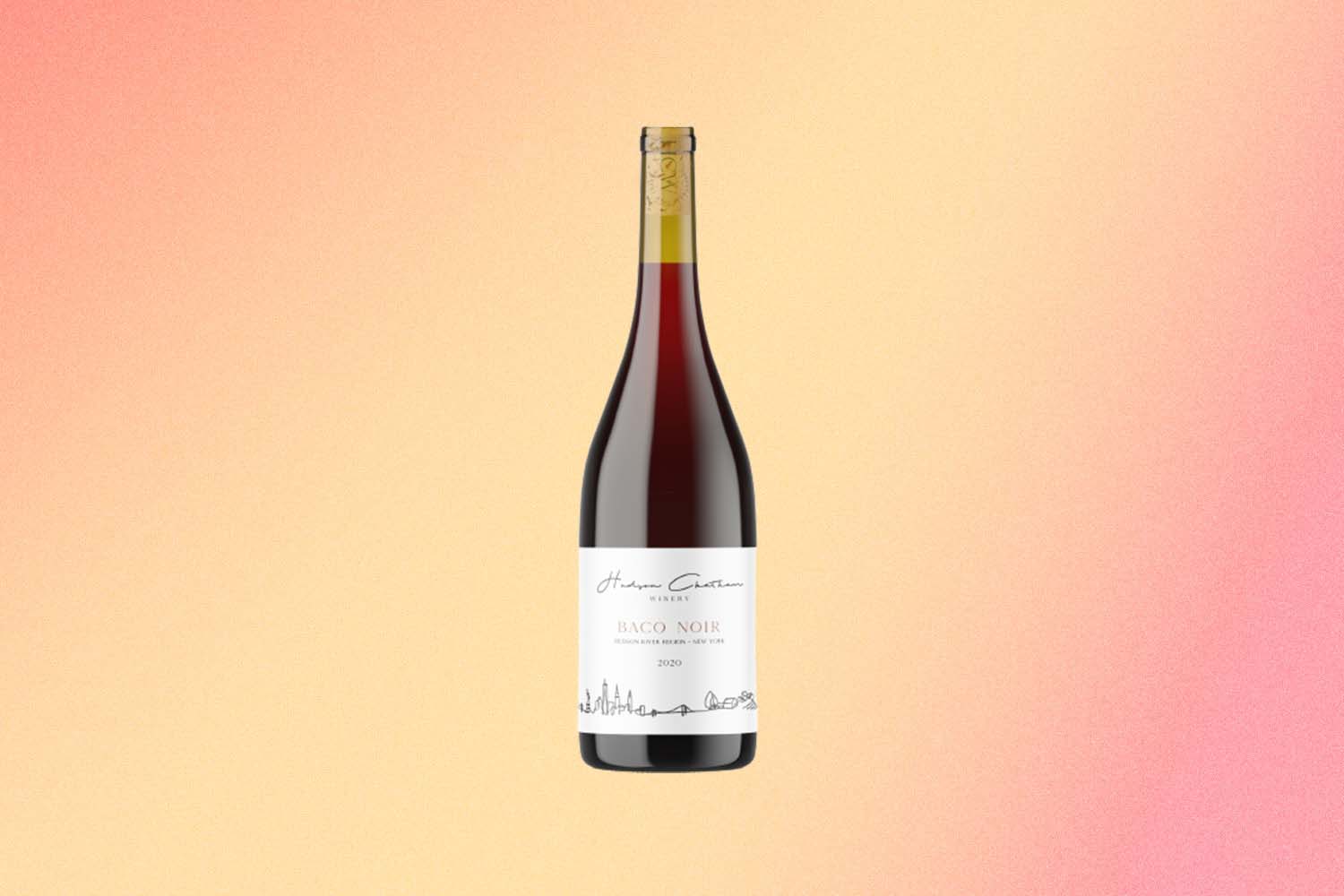
The Grape: Baco Noir
The Wine: Hudson-Chatham Baco Noir, $48
“My favorite is the Baco Noir grape variety, a hybrid of a Vitis vinifera Folle Blanche and an unknown Vitis riparia,” says Jean-Chronberg. “Its exceptional character, when grown in low production from vines more than 20 years old, takes up the rustic and granular characters of Blaufränkisch, Négrette and Touriga Nacional and produces fine quality wine. “
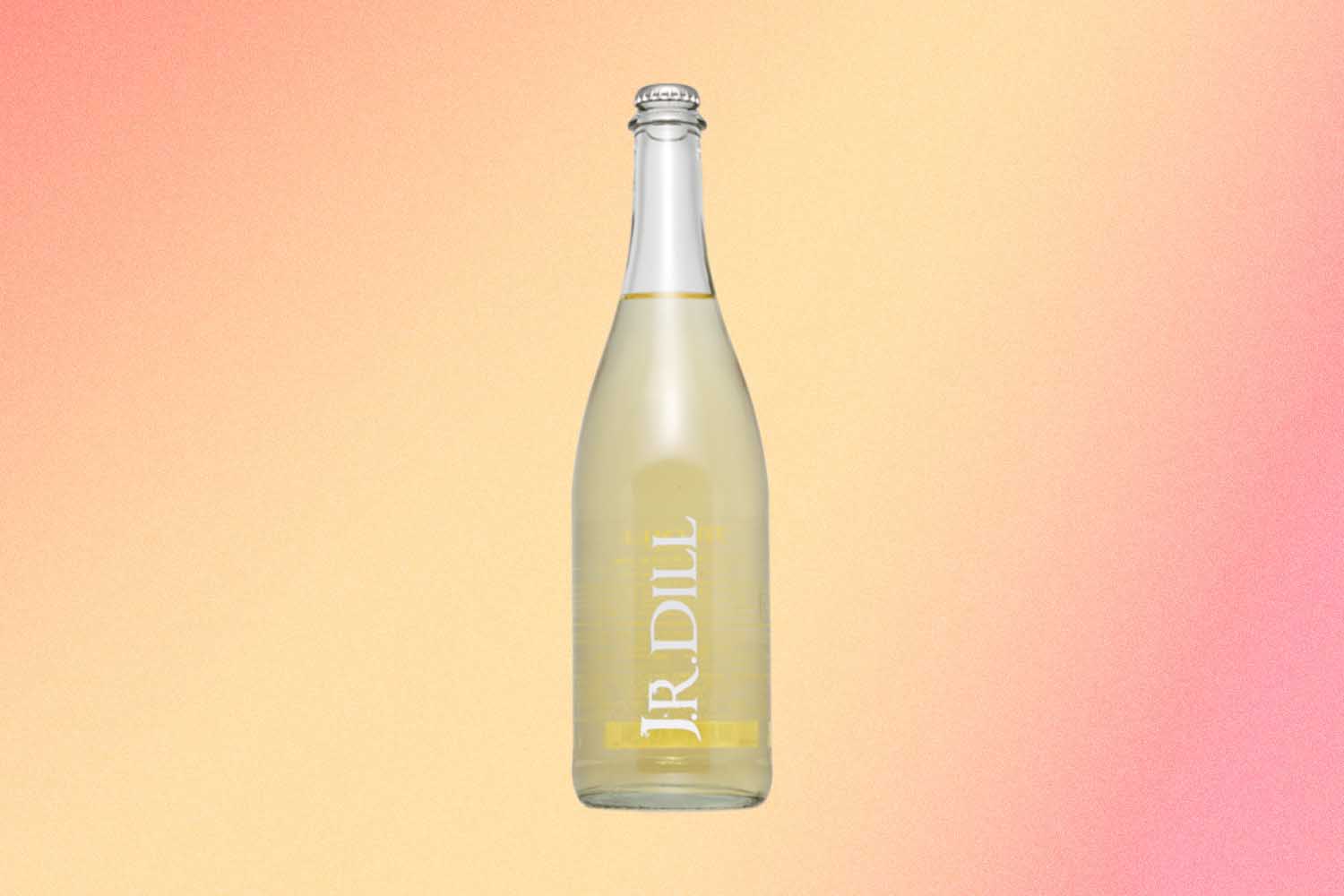
The Grape: Cayuga White
The Wine: J.R Dill Cayuga White Rise, $14
A crowd-friendly, winter-hardy white grape developed by Cornell University, Cayuga can be made into sweet, sparkling, or bone-dry wines. “I enjoy Cayuga White for sparkling wine, especially for pet nats,” says Andrew. “It has high acid and a similar fruit profile to Riesling.”
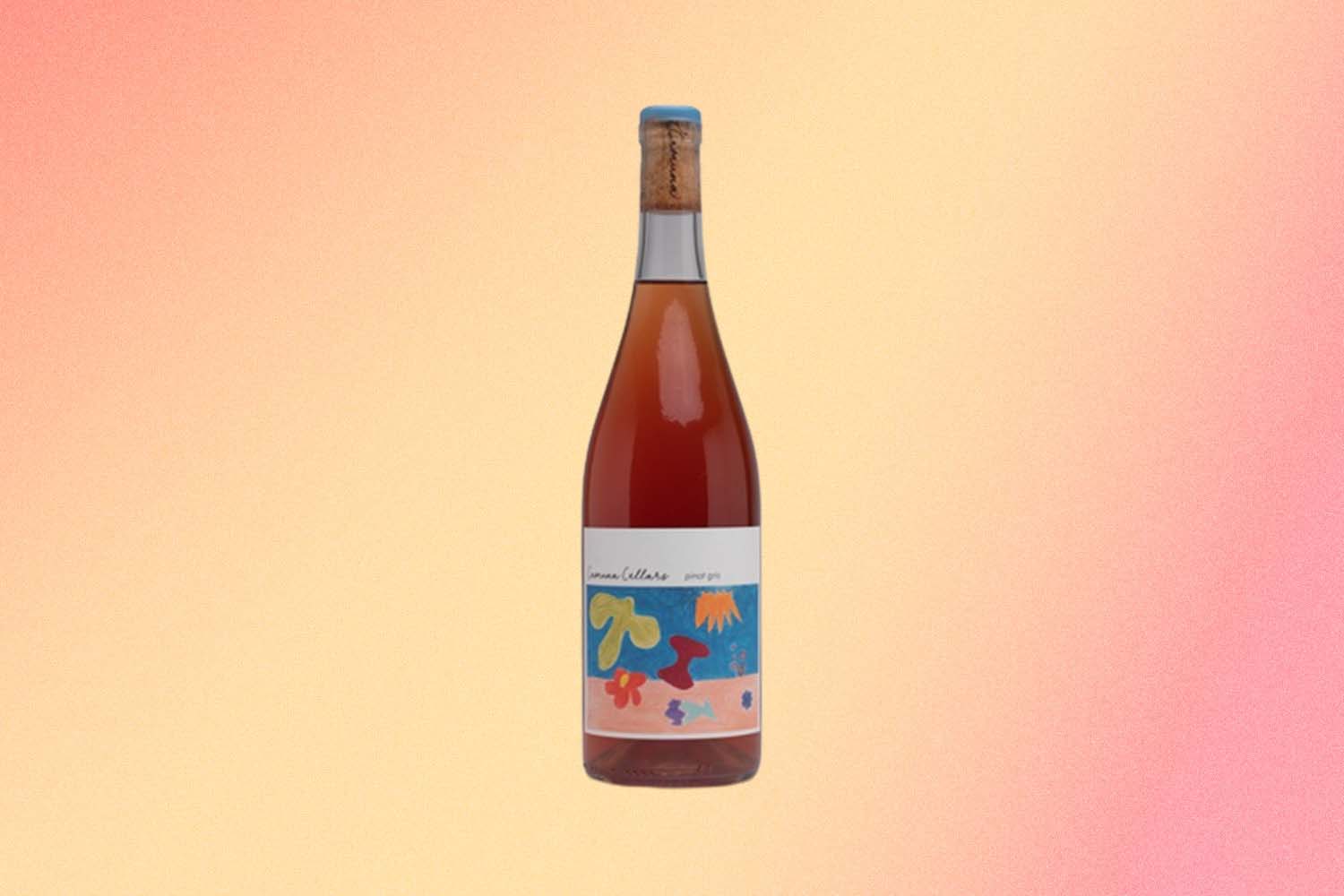
The Grape: Chambourcin
The Wine: Camuna Cellars City Glou, $32
All the way from New Jersey (yes, Jersey), Camuna Cellars is an all-kosher winery that makes quirky wines out of a city winery in Philadelphia. Winemaker Eli Silins plays around with hybrid grapes, ciders and meads to make sustainable — he focuses on locally-grown varietals to promote local agriculture — and certified kosher wines. This bouncy, bright red wine drinks like Beaujolais by way of the turnpike.
The Grape: Marquette
The Wine: Stella 14 Uncle Mark’ette, $29
“I love the wines from the new Vermont producer Stella14, founded by Master Sommelier David Keck,” says Sarah Trubnick. “His range of wines produced using Frontenac, Marquette, Frontenac Gris and La Crescent are amazing. His Uncle Mark’ette, a carbonic pét-nat of Marquette, is one of my all-time favorite wines made using hybrid grapes.” Dark, brambly and bright on the palate, serve it cold on a nice day.
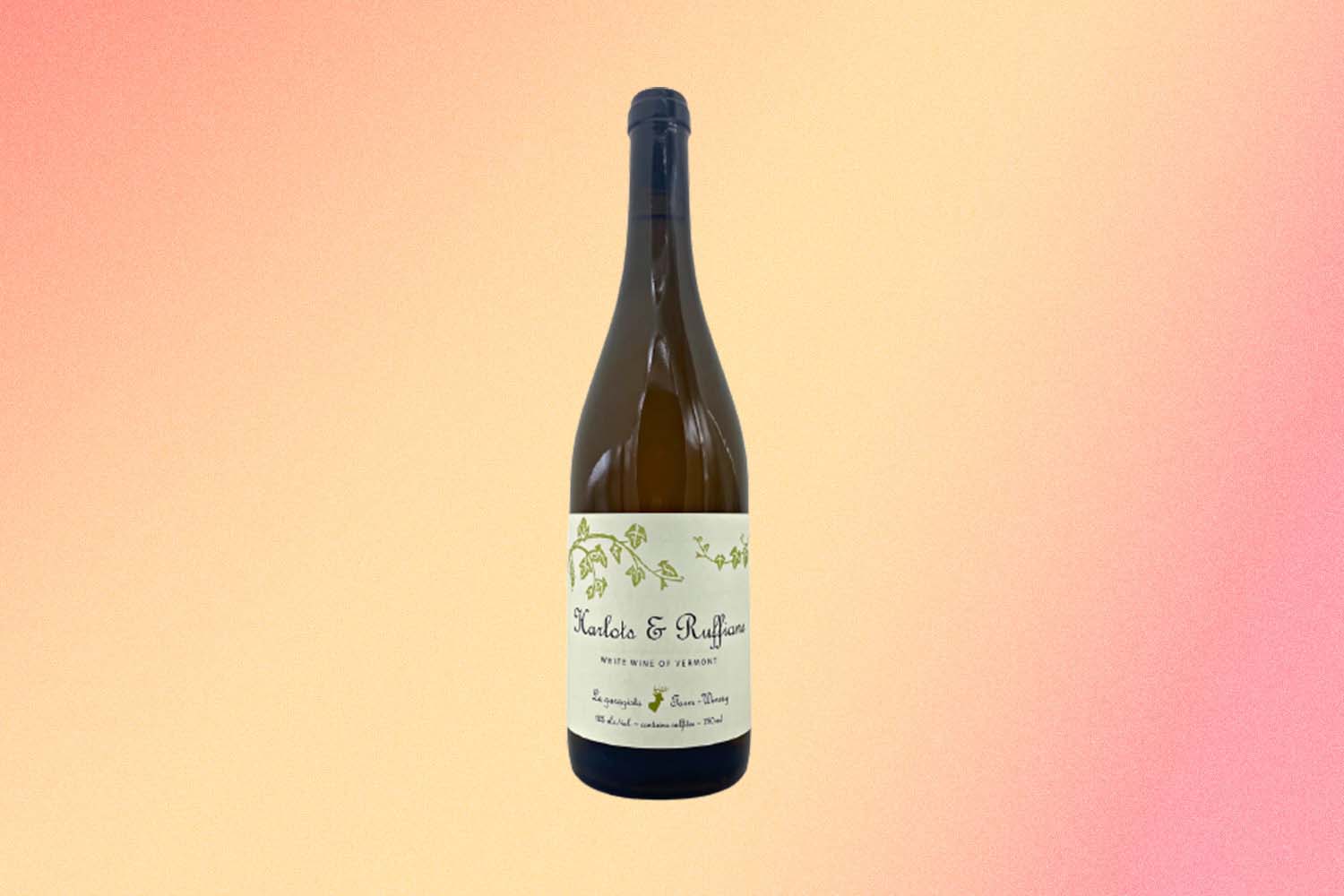
The Grape: La Crescent
The Wines: La Garagista Harlots & Ruffians, $45; Illinois Sparkling Wine Co Pet Nat, $23
“Vermont producer La Garagista makes the Harlots & Ruffians using half and half Frontenac Gris and La Crescent,” says Trubnick. “This wine is so fascinatingly complex and explodes with flavor.” Expect an unfiltered, opulent and highly aromatic white wine with marmalade and basil notes.
“I think the Illinois Sparkling Wine Co pet nat with La Crescent, a cold, hardy hybrid varietal, is really interesting and well-made,” says Hofer. “I have it on three of our restaurants’ wine lists, and it has a lot of Riesling’s signature tasting notes, like citrus and apricot.“
Every Thursday, our resident experts see to it that you’re up to date on the latest from the world of drinks. Trend reports, bottle reviews, cocktail recipes and more. Sign up for THE SPILL now.

